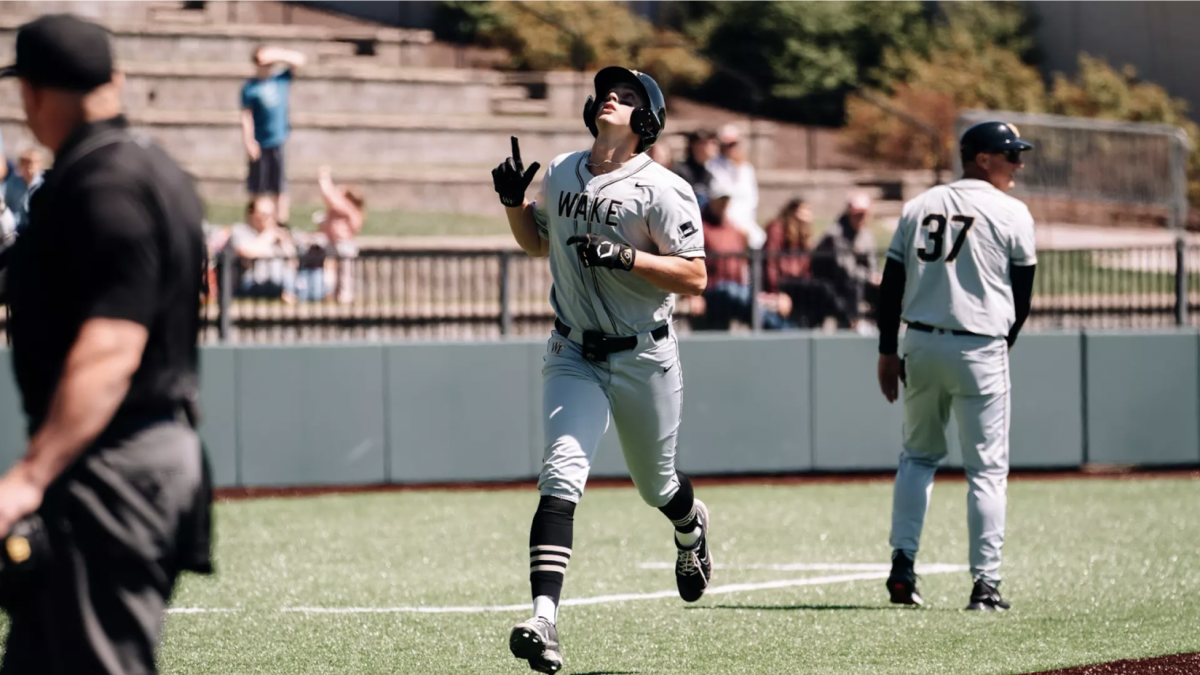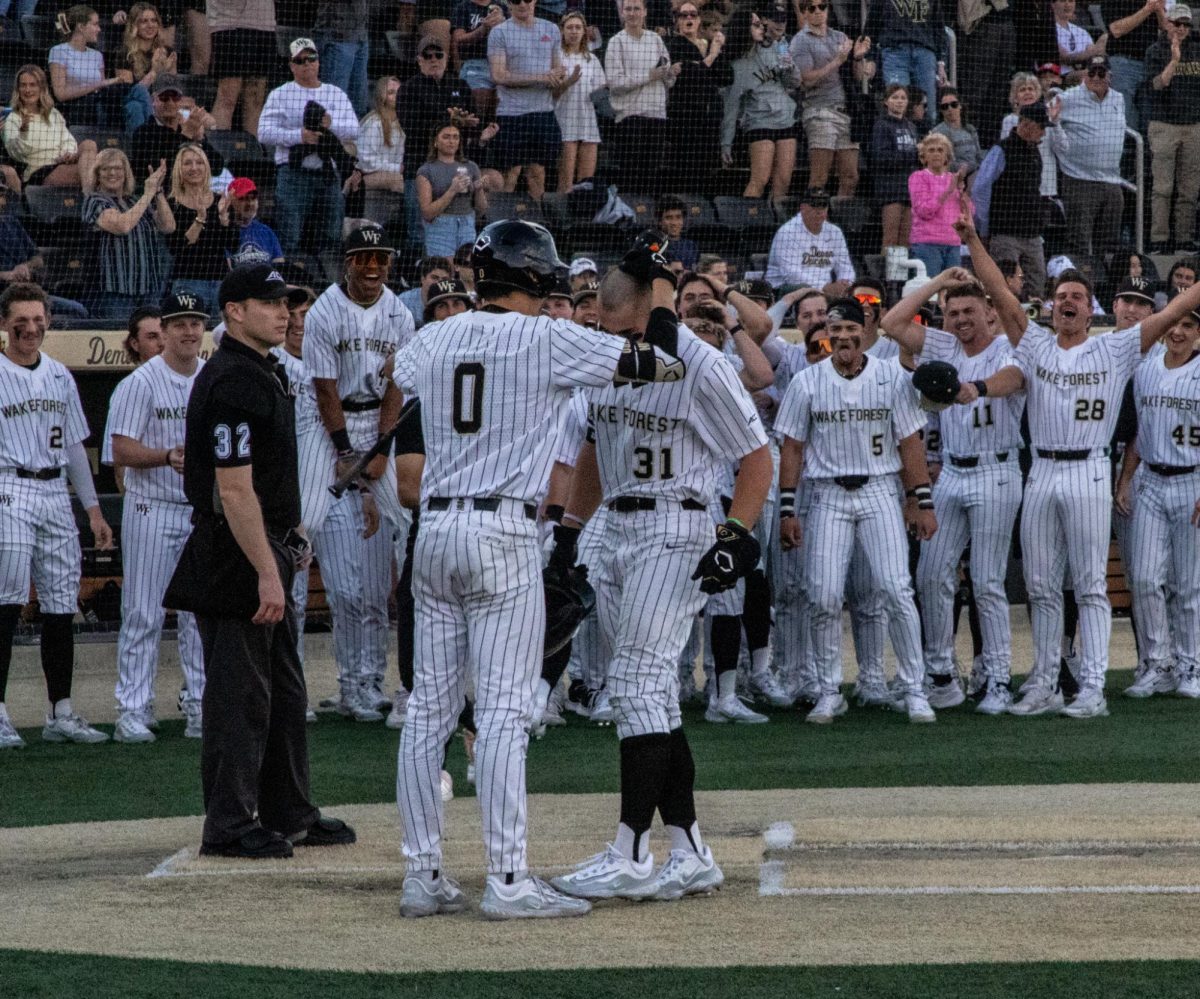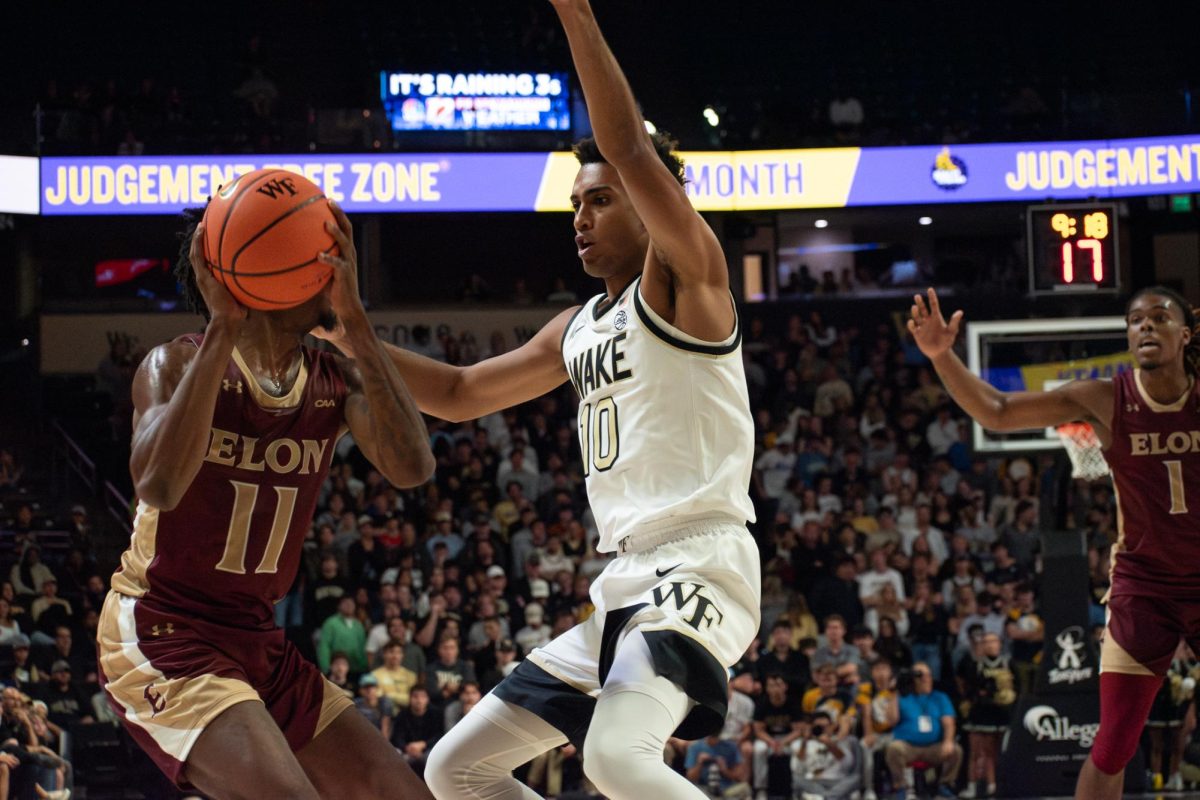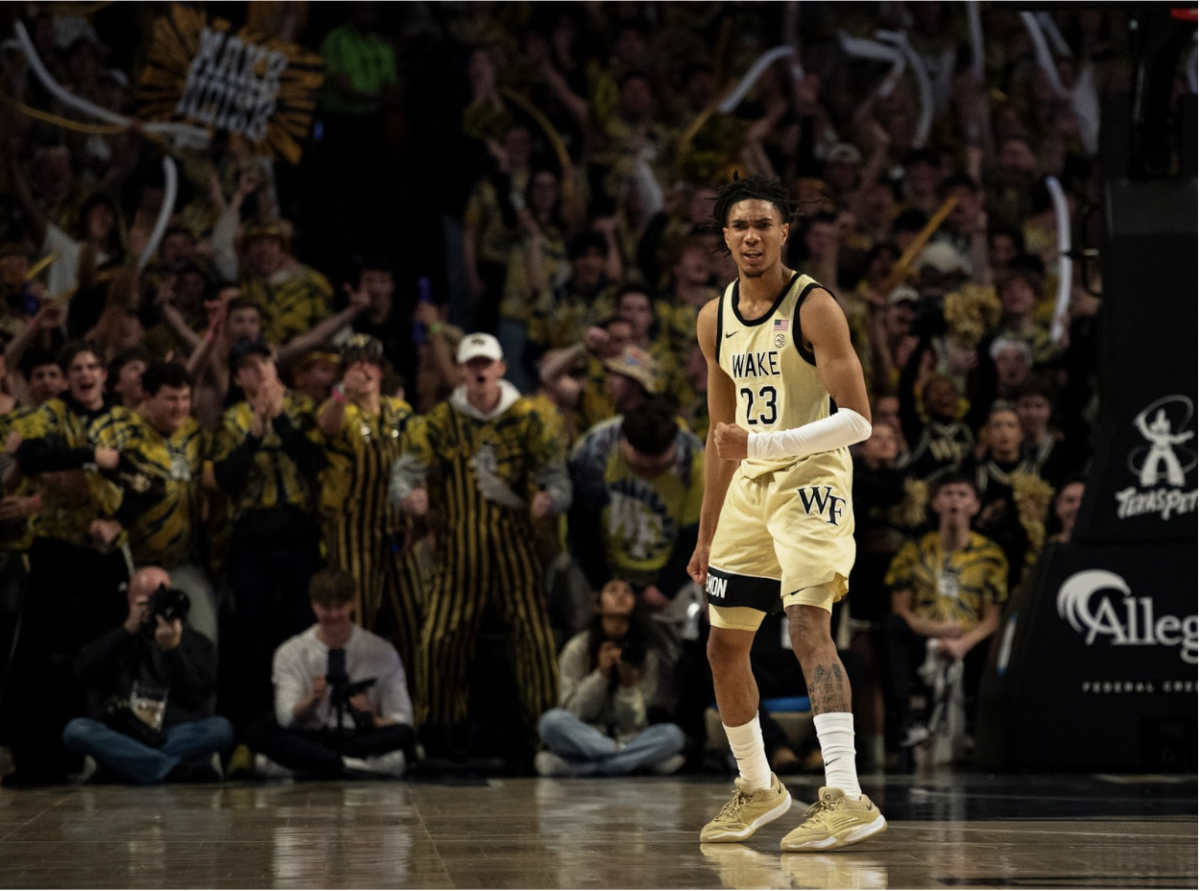As MLB continues to adapt its rulebook in an effort to modernize and to standardize the game, the advent of the post-umpire era draws nearer and nearer. Specifically, so-called robot umpires calling balls and strikes in MLB games seems less like a quirky idea and more like a looming reality. Sure, the concept makes sense and would prevent more egregious umpiring errors, but the reality of this change is accompanied by a number of challenging consequences.
This year, MLB partnered with the independent Atlantic League to workshop a number of potential rule changes, turning the Atlantic League into a sort of new-age baseball laboratory. Experimental rules include a partial ban of the shift, an increase in base sizes, an increase in the distance from the pitching rubber to home plate and, perhaps most notably, the addition of TrackMan-aided home-plate umpires.
Some of these potential changes seem minor; most players and fans would likely not notice a 20% increase in the size of the bases. The addition of robot umpires, though, incited much consternation, as the change threatens to change a facet of the game that baseball fans cling to with the most fervor: its aesthetic. Baseball will likely not dispose of a home-plate umpire altogether for now, as humans are still required for instances like a play at the plate, but other elements of the game’s aesthetic soon could be subject to change.
In the Atlantic League, balls and strikes are determined by a radar system called a TrackMan, and the home-plate umpire receives the call through an earpiece. Though the umpire can overrule the machine when there are obvious errors, the TrackMan makes most of the calls.
Such a change at the big-league level would require a significant overhaul and standardization of traditional rules regarding the strike zone.
While the strike zone in today’s game has grown to be more uniform than it once was, acceptable ball and strike calls in MLB frequently still fail to match the rulebook strike zone, defined as “the area over home plate from the midpoint between a batter’s shoulders and the top of the uniform pants — when the batter is in his stance and prepared to swing at a pitched ball — and a point just below the kneecap.” The rule goes on to state that “part of the ball must cross over part of home plate while in the aforementioned area.”
One of the most obvious cases in which calls often deviate from the rule book strike zone occur when breaking pitches are thrown in the bottom of the zone. Many modern broadcasts feature a semi-accurate superimposed strike zone, and fans often see breaking pitches clip the bottom of the zone before bouncing off home plate.
These types of pitches are never expected to be called strikes, but the rule book strike zone would dictate that they are, in fact, strikes. This is just one discrepancy that MLB will have to reckon with when — not if — robot umpires become a part of the league, and should the rollout of this technology fail at all, players, fans and umpires alike will not react with patience.
Additionally, the catcher position would be altered forever by robot umpires. Without any need to prioritize pitch framing, catchers could stop crouching, and the defensive emphasis at the position would disappear. Catchers would also be able to set up more comfortably to throw out base stealers, a consequence MLB would prefer to avoid, and the position now could be occupied by defensively-challenged players with strong arms and offensive competence.
In short, while robot umpires will be a part of MLB’s future and an important step in eliminating officiating mistakes, the realization of the concept will require significant rule changes and a great deal of foresight — something that MLB has not proven itself to possess. While simple and desirable at face value, automating the strike zone creates a host of complications that MLB may not be equipped to resolve.














Dudski • Sep 19, 2019 at 10:40 am
The best argument in favor of robot called balls and strikes is pitch framing. If human umpires did a good job calling balls and strikes it would not matter who the catcher was. But announcers often cite statistics that show that this or that catcher gets more strike calls than expected. Robotic strike zones are not fooled by catcher. Human umpires often are. Not sure also that the strike zone is more uniform. MLB does a poor job of holding umpires accountable and several are notorious for having their own strike zones. Interesting column.